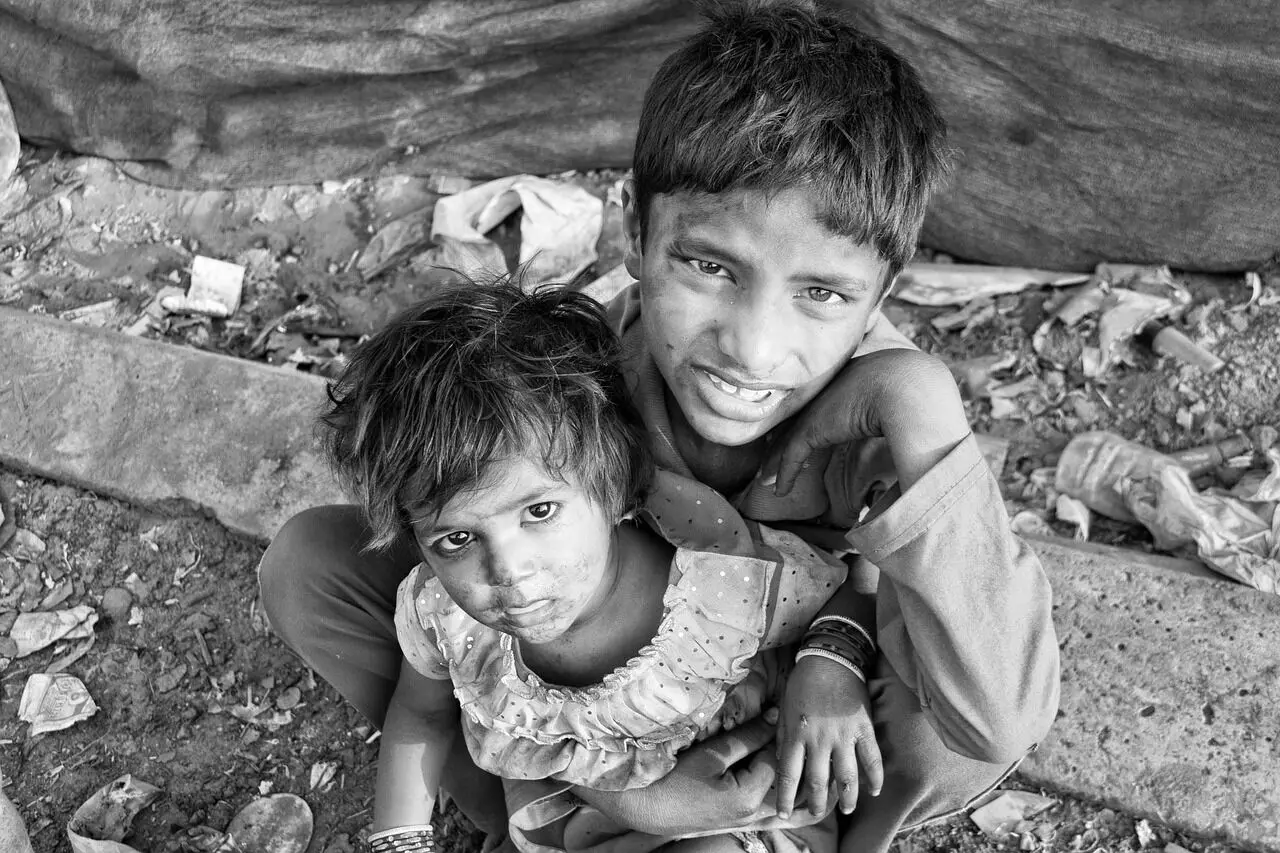Managing a menace
Imaginative policy interventions prioritising social welfare are required to work in sync with each other to limit the scourge of child malnourishment in India

As our national priorities are being updated from the Green Revolution-era policies focused on food security to a much more holistic combination of food and nutrition security, it is important to shift our focus towards the issue of child malnutrition. India's track record on child malnutrition has consistently been underwhelming despite decades of government investments. For instance, the Global Hunger Index (2022) ranks India 107 out of 121 countries, which should be a matter of great concern for an emerging global power like India. Every other country in the neighbourhood has performed better on the Global Hunger Index scale. The country's growth story should ensure consistent development in social indicators as well, with no child left behind when it comes to accessing a brighter future.
India currently has the youngest working population in the world, and it is expected to retain this status for decades to come. As children grow into adolescence and become an integral part of building the country's economy, our national priorities must prioritize a healthy pathway towards achieving ambitious growth goals. It is crucial for the country to invest in cognitive and human development during early years through access to nutritious food, quality education, healthcare facilities, and clean water and sanitation. Malnutrition can hinder India's aspiration to become the human resource capital of the world and contribute productively to the global economy.
Currently, the zero-hunger target for India, as outlined in the United Nations' Sustainable Development Goals (SDGs), still seems like a distant dream. The SDGs aim to end all forms of malnutrition, including achieving international targets on stunting, wasting in children under the age of 5 years, low birth weight, childhood obesity, and anaemia. Unfortunately, the country appears to be falling short of these crucial indicators. There is a need to reimagine this issue through wider inter-departmental consultations to make progress.
Despite numerous indicators pointing to poor performance on child malnutrition, the budgetary allocation for the year 2023-24 has not been very promising in this regard. Food security programs have only received nominal gains in this year's budgetary allocations, which may result in crucial interventions on nutrition being left behind, directly impacting child health. This reflects a sense of reluctance from the government to accelerate nutrition-related programs that are crucial for the country. The current allocations will continue to underfund the most crucial frontline workers within Anganwadi programs, who carry out important activities to ensure that nutritious food is distributed to children.
From a policy perspective, malnutrition is a complex challenge in India that cuts across several departments and has serious implications for the success of various other government missions. The government's Integrated Nutrition Support Program, which combines Saksham Anganwadi and Poshan 2.0, claims that it “seeks to address challenges of malnutrition in children, adolescent girls, pregnant women and lactating mothers through a strategic shift in nutrition content and delivery and by creation of convergent eco-system to develop and promote practices that nurture health, wellness and immunity”. However, to realize this vision, there is a need for a cross-sectoral approach that brings together other national missions on nutrition, health, environment, and agriculture, while linking them to the targets of child malnutrition. This cross-sectoral approach requires newer imaginations and a basic understanding of nutrition security.
Although there are several attempts towards eradicating malnutrition, they seem to be working in silos, without serious collaboration towards achieving the common goal. The Integrated Child Development Services (ICDS) scheme, which has been operational for nearly four decades, provides services such as supplementary nutrition, pre-school non-formal education, nutrition and health education, and health check-up and referral services. These services need to be carried out in collaboration with state governments and through the Ministry of Health and Family Welfare. The Poshan Abhiyan, which aims to reduce stunting in children and improve the delivery of Anganwadi services, requires multi-ministerial support to carry out its activities. However, this interdepartmental functioning can sometimes hinder the seamless execution of the mission.
The Government of India's guidelines on infant and young child feeding practices, aimed at improving development, enhancing weight gain, and preventing malnutrition among children, require coordination from public health systems for their implementation. Additionally, the establishment of Nutritional Rehabilitation Centres — specialized areas within healthcare facilities connected to paediatric wards — to cater to the needs of children with severe acute malnutrition (SAM), is still not fully accessible to those in need.
Furthermore, there is a need to revamp our food systems to incorporate nutritious diets, including millets, nuts, fruits, and vegetables, and connect them to the public distribution systems, which can support the nutritional needs of pregnant mothers and children. This requires a long-term vision regarding food production, extensive educational campaigns on nutritious food, and access to a diverse set of foods from the market. Moreover, to bring innovative solutions to nutritional care, nonprofits engaged in health and nutrition development can play a crucial role. By developing the active participation of foundations and corporates under Corporate Social Responsibility (CSR), the government can explore the development of nutritional products and intelligent supply chains, leveraging the state ecosystem to combat the menace of malnutrition.
It is through a reimagined future that prioritizes social welfare with an emphasis on child nutrition in the early years that we can make significant progress towards food and nutrition security, ultimately achieving the Sustainable Development Goal (SDG) of zero hunger.
The writer is leading the Future-of-Food programme at a Goa based think-tank, Transitions Research. Views expressed are personal



